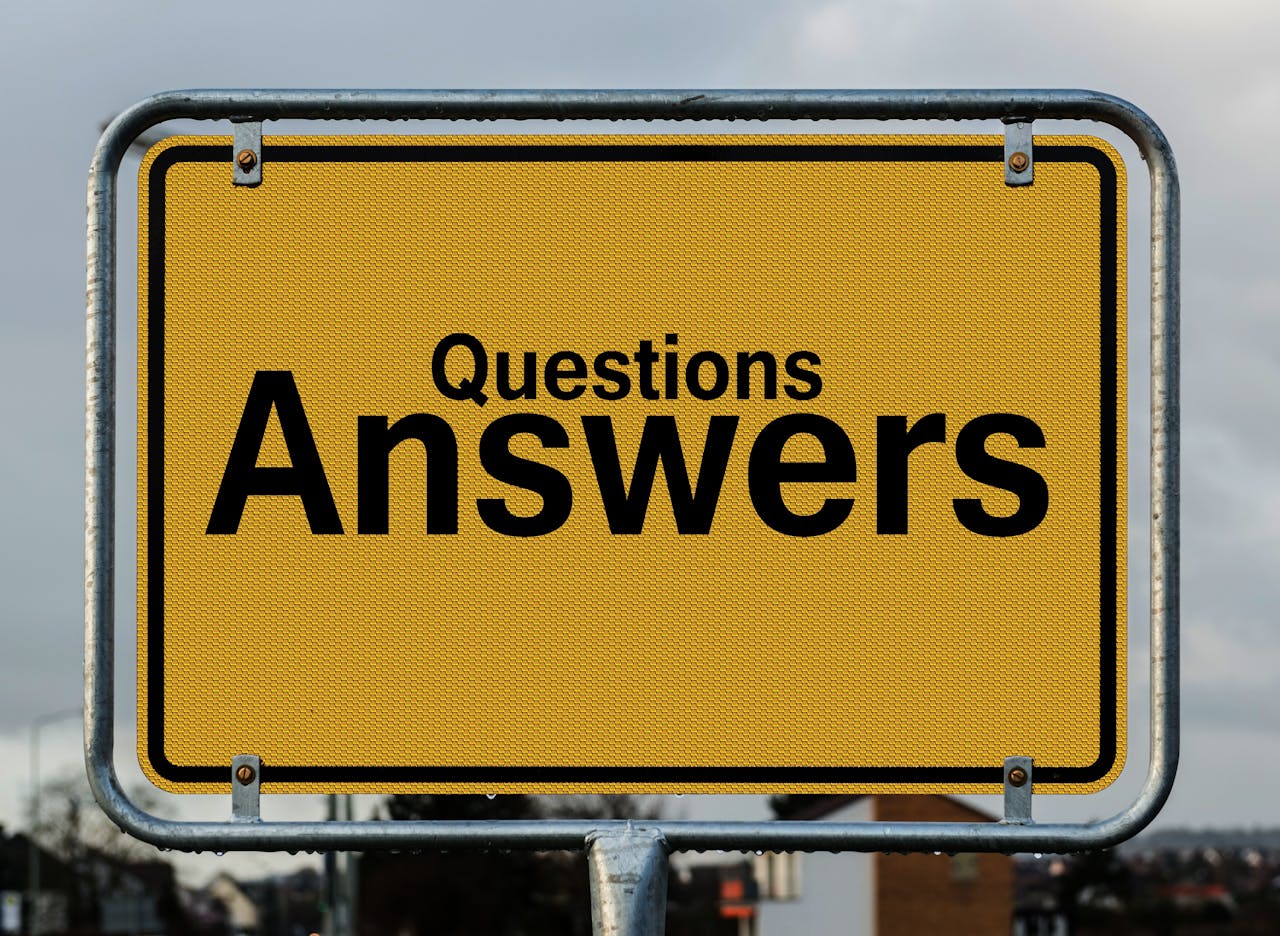Dealing with Questions in a Presentation (part 1)

In a recent webinar, we asked the audience what their biggest challenge is when it comes to dealing with questions in their presentations.
The top answer was not knowing the answer, which is also the answer we get from our clients when we ask them the same question during our training programmes.
In the next two posts, we are going to be looking at three key areas in terms of questions:
- What you can do before going into a session where you know there’ll be Q&A
- What you can do during the Q&A session
- What you can do when you get the curve ball – in other words the one that you probably don’t know the answer to.
Before your presentation
One of the things we hear quite often is that you can’t prepare for the questions. While it is true that you probably can’t prepare for every single question, there are certainly things that you can do to help you to be more prepared so that you don’t run into a brick wall during your Q&A.
I remember years ago, I was working in a company and they were looking at buying a piece of new software. I was sitting in on the pitch from a BIG provider (a well-known household name), and the slides were beautiful, the two presenters were very, very polished. However, when it came to the Q&A, they were like rabbits caught in headlights!
It was obvious they had prepared very well for what they might say during the presentation, but had not thought so much about what they might say in the Q&A.
FAQs
So, to avoid making the same mistake, in terms of preparation for the Q&A, the very first thing you can do is think of the Frequently Asked Questions (FAQs). If it’s a presentation you’ve given before, you were probably asked a few questions so make a note of those, but if it’s one you’ve never given then make a list of the questions you’d expect to be asked.
ADQs
Also think about the Absolutely Dreaded Questions (ADQs) – the ones where you think “oh my gosh if I get that one, I think I’ll just run out of the room”!
They are the ones you really need to focus on so that you don’t get caught out!
Practice
The next step is to make sure you practice saying the answers out loud – because having them written down and actually verbalising them out loud, are two different things.
I would recommend recording yourself practising answering the questions on your phone and listen back to hear how you come across. If you’re not happy with it, do it again, and again until you are happy with the answers you’ve given and save them.
Then listen to them the same way you would listen to the recording of your presentation, to help the content soak into your head. And if you don’t already record your practice presentation on your phone, then start doing it! It is something we highly recommend doing.
Content
Moving on to your presentation slides, anything that you have in your presentation is seeds for a question, so just bear that in mind. Sometimes, when you’re adding content, you might look and think “now if that goes in, is it going to bring us down a rabbit hole that we really don’t need to go down, in this particular meeting?” If it’s not vital to your overall message, take it out and you’ll avoid that dreaded rabbit hole.
You can be quite strategic when it comes to planting seeds for questions in your presentation.
For example, let’s say you are recommending a change, and you want to share some of the benefits. You might say something like: “There are many benefits, but I know we’re short of time today so I’m just going to share the top three for now…”
You’ve told them there are three, and you’ve left the little seed that maybe somebody just might ask you in the Q&A what are more of the benefits.
Another point that could give rise to possible questions is anything obvious that you’ve left out.
For example, if you were giving a sales update and you left out one quarter or one particular area, product or service – you’re going to be asked a question on it, so bear that in mind when preparing your presentation content.
Agenda
The final thing that you can do before your presentation, is when you’re planning your agenda for your presentation, plan where you’d like the questions to come. Do your research on your audience, are they likely to jump in with their first question as soon as you start?
If you know you’re going to be answering most of those questions as you go through your content anyway, you might feel it’s better to suggest keeping the questions until the end of the presentation.
You could say something like “I’m going to go through the content as per the agenda, could I ask you to keep the questions until the end because I feel I’m going to answer most of your questions as I go through it and it will mean we can make more efficient use of your time.”
By phrasing it like the above, you are letting them know it’s for their benefit to wait until the end.
On the other hand, if you’re a person who loves to have the questions as you’re going along, let your audience know that – say something like “It’s okay to stop me whenever you have a question and I’ll answer them then.”
Now that we’ve covered how you can prepare for questions before the presentation, in our next post we’ll look at what you can do during the presentation and how to deal with that dreaded curve ball!

